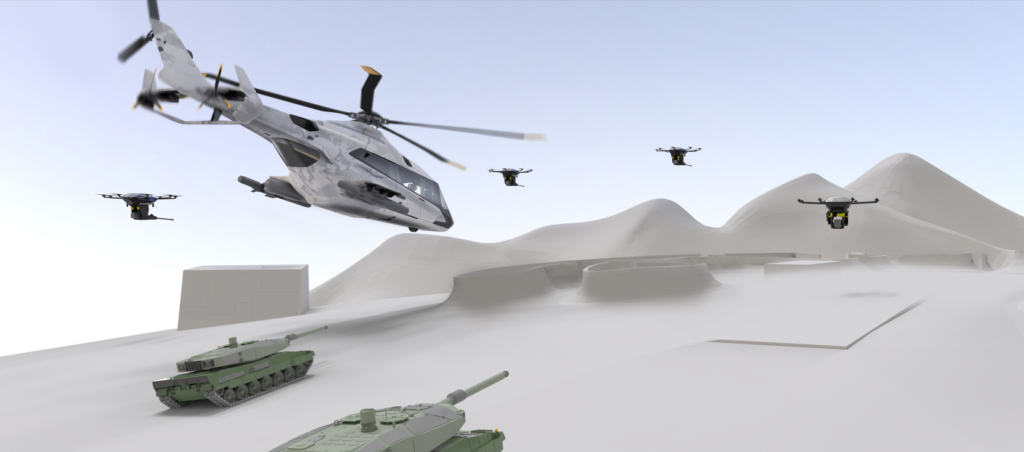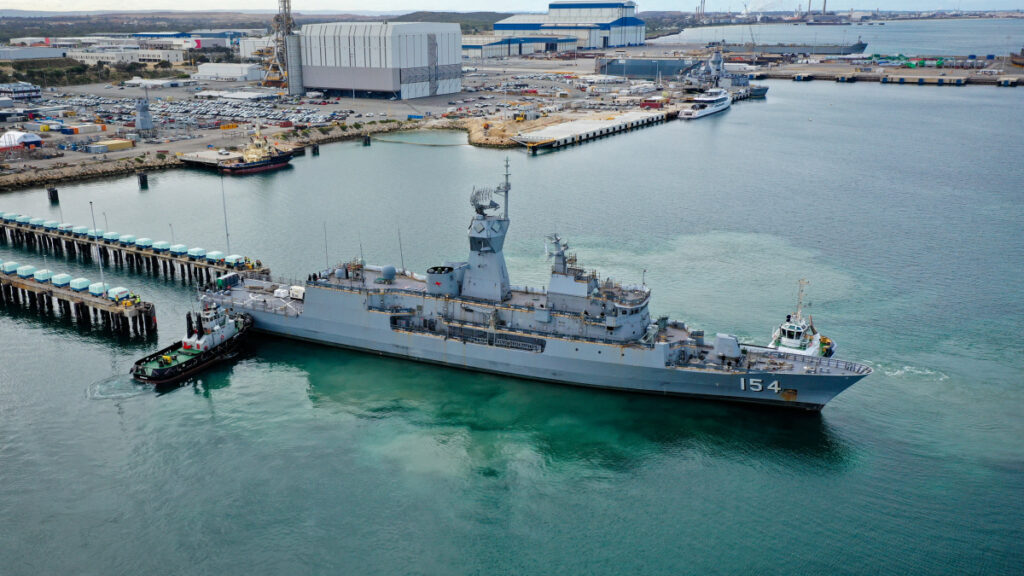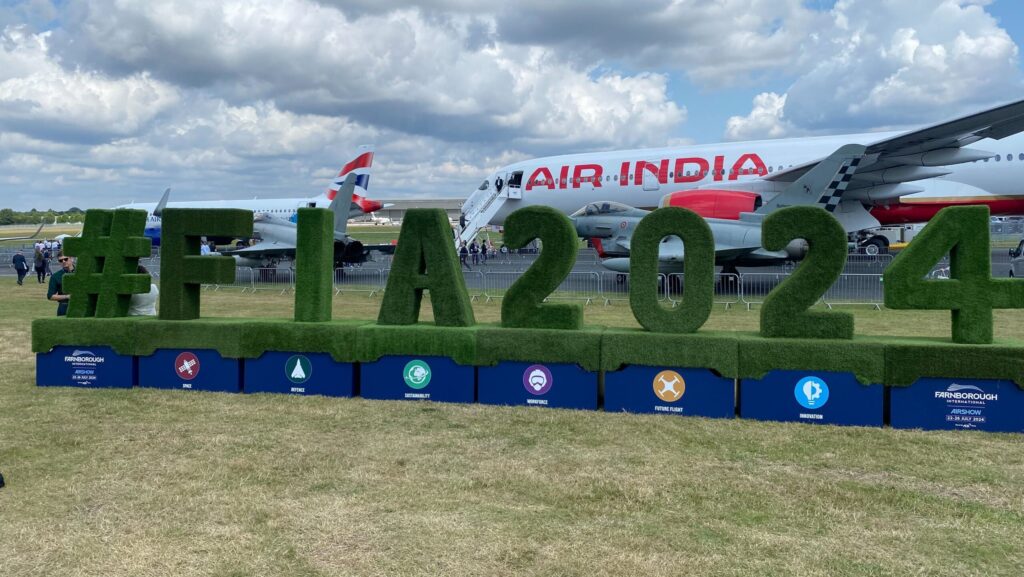The official party for the North American Aerospace Defense Command and U.S. Northern Command combined change of command ceremony stand on stage after arriving to the event at Peterson Space Force Base, Colo., Feb. 5, 2024. Picture include, from left, Canadian Minister of National Defence the Honorable Bill S. Blair; U.S. Deputy Secretary of Defense Kathleen H. Hicks; U.S. Chairman of the Joint Chiefs of Staff Gen. Charles Q. Brown, Jr.; Canadian Armed Forces Chief of the Defence Staff Gen. Wayne D. Eyre; Gen. Glen D. VanHerck, outgoing NORAD and USNORTHCOM commander; and Gen. Gregory M. Guillot, incoming NORAD and USNORTHCOM commander. (Department of Defense photo by Joshua Armstrong)
In April, Canada unveiled a new defense spending plan — one immediately lambasted by critics for not reaching the NATO target goal of 2 percent GDP spending on defense. Canadian officials have countered that the plan lays out a path to hit that target. In the following op-ed, Canadian defense analysts Jamie Tronnes and Richard Shimooka argue that the US and other NATO allies need to keep Ottawa’s feet to the fire.
One has to feel a twinge of sympathy for Canada’s Defense Minister, Bill Blair. On a recent trip to Washington, DC, he was given the unenviable task of selling the Canadian Government’s Defense Policy Update (DPU) to their American counterparts, and Blair knew he was in for a slog.
Cognizant of the moment, Stephen Sackur, host of BBC’s HardTalk, asked the question many of Canada’s NATO allies are thinking: “As Canada’s Minister of Defense, how embarrassed are you that your country is still significantly failing to spend at least 2 percent of your GDP on defense?”
Blair countered saying that he’s “not embarrassed at all” and that Canada is on a “strong and inevitable path” to increasing spending, a statement Blair would have to make multiple times during his DC swing, and one he’ll likely have to keep saying, with as straight a face as possible, moving forward.
Unfortunately, Canada’s DPU is closer to performance art than serious policy. Its primary audience is, surprisingly, not Canadians, but the US Government. It attempts to appease American concerns by being thick on promises while remaining soft on real capacity to address the rot in the Canadian Armed Forces’ capability. One of the only areas of new spending that will arrive within the next five years will be on NORAD modernization, and Ottawa may have quietly acquiesced to drop its concerns around ballistic missile defense and supported it under the rubric of “Integrated air and missile defence.”
Moreover its become apparent over the past week that Canada’s ability to convince allies of its good intentions have worn thin. In response to Blair’s visit, the Co-Chairs of the Senate NATO Observers Group, Sens. Jeanne Shaheen, D-N.H., and Thom Tills, R-N.C., sent a letter, also signed by 21 other Senators, to Canadian Prime Minister Justin Trudeau in which they wrote “we are concerned and profoundly disappointed that Canada’s most recent projection indicated that it will not reach its two percent commitment this decade.”
The bipartisan letter is an example of American officials putting pressure on Canada to stand by their allies and commitments — which is important. The DPU has a lot of positive messages, but it now seems clear that if the report will be remembered as more than an expensive paperweight, the US and other NATO allies will have to keep the public pressure on Ottawa going forward.
The critical disconnect between the DPU’s promises and reality is the actual state of the Canadian Armed Forces. While Trudeau inherited a military that was over-deployed and underfunded by the outgoing Conservative government, he has overseen a precipitous decline in its capabilities. Across all services, many critical positions are at 50 to 60 percent staffing, major capabilities are reaching 30 to 40 years of age, and its actual military outputs are exceptionally modest. Blair has publicly stated that recruitment efforts are in a “death spiral.” Furthermore, major capabilities are reaching 30 to 40 years of age, and the cost of maintaining them to meet Canada’s commitments is eating into the defense budget.
This situation might be acceptable if Canada’s deployable contribution was relatively high compared to other countries, but its actual military outputs are exceptionally modest. A prime example is the widely-touted, Canadian-led multinational brigade mission in Latvia. While Canada has agreed to command a multinational battlegroup, with 2,000 soldiers and some ancillary capabilities, doing so will severely tax the Canadian army, requiring it to completely reconfigure its force structure so that it is the only mission it is able to undertake for the foreseeable future. To put it in different terms, Canada is struggling to sustain just two battalions of troops on foreign deployments. It is a Potemkin village of a mission – a handsome show backed with threadbare force.
The reality of Canada’s defense policy is evident in the differing messaging offered to foreign and domestic audiences.
Domestically, the Canadian government has avoided saying that it was reaching 2 percent. Instead, it stated that reaching 1.76 percent by 2029-30 was “a significant step forward in our efforts to reach the NATO commitment of 2%” Yet the DPU itself actually commits the government to exceed that threshold in the 2030s in two respects. First, as the Chief of the Defence Staff, Gen. Wayne Eyre acknowledged in an interview, the final iteration of the DPU did not account for 14,500 personnel to operate these new capabilities. This suppressed the total cost of defense modernization in future years, likely reaching the figure. Furthermore, a week before his Washington sojourn, Blair emphasized that submarine spending is not included in the DPU, so once a deal is struck, Canada will likely launch itself over the 2 percent finish line.
What accounts for this variance? The most convincing reason is that the political leadership wanted to avoid drawing the ire of center-left voters that are a key voting constituency for the governing Liberal party, while trying to placate the United States at the same time. His response to the senators’ letter in a press conference did not deviate from the domestic-focused messaging made when the DPU was released, stating, “We recognize there’s more to do and we will be there to do it,” but never actually committing to any actual figure or timeline.
This should raise serious questions about the broader commitment to this plan. To be fair to Blair, at least he is transparent about it. During a recent conference, he acknowledged that he is having difficulties convincing his cabinet colleagues of even meeting the 2 percent threshold.
Unfortunately, even where Canada has laid out plans to increase spending there is cause for skepticism that these plans are at all feasible, in large part due to the procurement system’s deep challenges in delivering.
For example, it took Canada 17 years to approve the acquisition of the MQ-9 Reaper UAV — and will take another four to get them into service — when most foreign governments were able to approve the purchase and get the drones in the air in four years, total. Canada’s efforts to adapt to the emerging reality of a pan-domain battlefield (Canada’s rough analogue for Combined Joint All-Domain Command and Control) are in their infancy. NORAD modernization is viewed as a critical lever to reform the military along this path, but it is already well behind other allies’ efforts and the gap is likely to get worse.
On procurement of the new subs, Blair was quoted in Breaking Defense as recently saying “One of things we’re hearing from our armed forces, but also hearing from industry, they need the clarity and certainty of direction, and then commitment. And so I hope in the DPU, I provided them with direction. And I’m working hard on getting the commitment.” The takeaway: Canada has not, in fact, committed fully to a sub replacement plan.
The reality is that if the United States and NATO allies want to see Canada play a role in international security commensurate with its economic and political power, they will need to push Canada towards achieving that goal. The dual messaging on defense spending, and its priorities in the DPU, illustrate that the Canadian government is very concerned about its appearances in Washington, DC, but likewise worried about its progressive image at home.
The centrality of NORAD modernization in the document reflects in part pressure exerted on Ottawa by the Americans to move this forward and fund it properly.
The good news is that the US Senators voices are just part of a growing chorus putting pressure on Canada. NATO Secretary General Jens Stotlenburg and US Ambassador to NATO Julienne Smith have both appeared on Canadian media to push for Canada to put its money where its mouth is on defense spending. Polish President Andrzej Duda’s recent trip and bilateral meeting with Canada’s Prime Minister included a frank discussion on raising the NATO commitment to 3 percent of GDP and pushing Canada to increase defense spending overall.
It seems that, if Canada’s allies want anything to get done on defense, they need to set aside the diplomatic approach. Canadians have a reputation for politeness, but anyone who has played hockey will tell you, when the gloves come off, they pay attention.
Jamie Tronnes is the Executive Director of the Center for North American Prosperity and Security. Richard Shimooka is a Senior Fellow at the Macdonald-Laurier Institute.


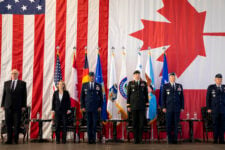
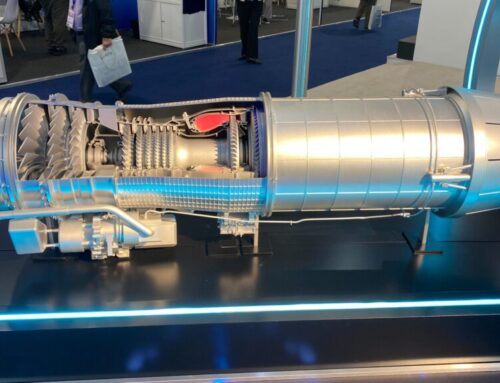
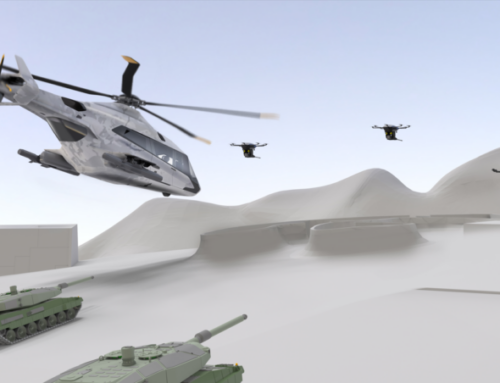
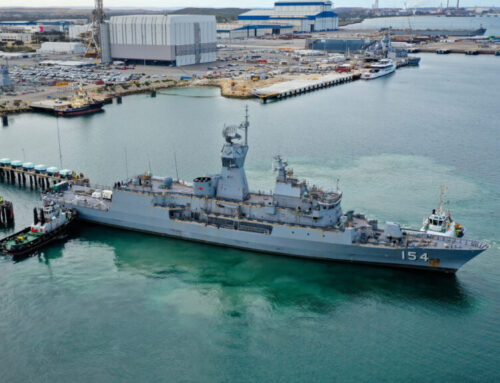
![The sights from the 2024 Farnborough Airshow [PHOTOS]](https://centurionpartnersgroup.com/wp-content/uploads/2024/07/IMG_8722-scaled-e1721930652747-1024x577-hZjwVb-500x383.jpeg)

